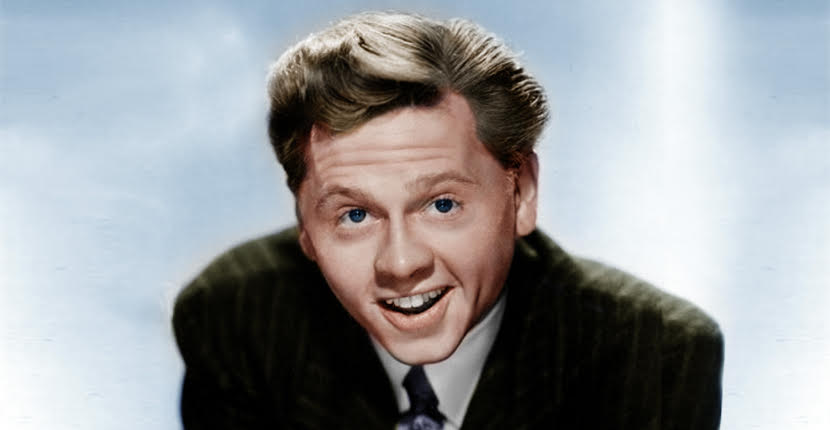Mickey Rooney had one heck of a crazy life. Hot and cold affairs with numerous big name women. Yes. Problems with booze. Absolutely. Gambling debts up the wazoo. That too. Reckless, driving-your-publicist-batty behavior. Oh yeah, big time. When it comes to fast-living, hard-partying cred, today’s celebrities can’t hold a candle to the outta-control behavior of one of Old Hollywood’s all-time bad boys: Mickey Rooney.
Ironic, really. For a lot of us, the first thing that comes to mind when we think of that red-headed, snaggletooth, bundle of energy is wholesome Andy Hardy — the character Rooney played in no less than sixteen films, from 1937 to 1946. But the actor was nothing like his Gee Whiz! and Aw Golly, Dad! on-screen alter ego.
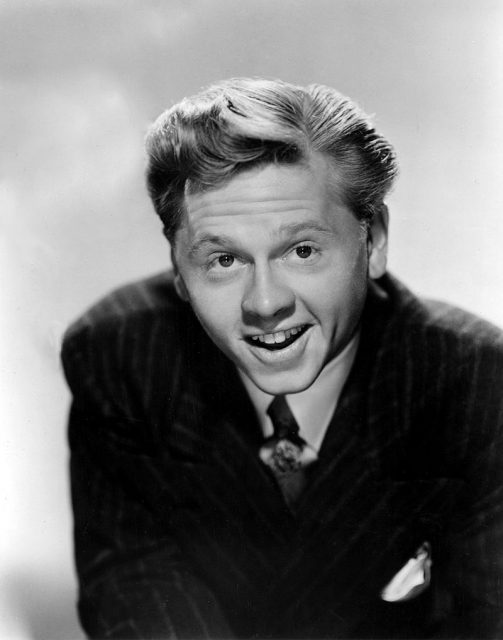
Upon Rooney’s death in 2014, Vanity Fair dubbed him “the original Hollywood train wreck”. That was not hyperbole. Rooney struggled with drug and alcohol addictions.
He was a compulsive gambler, who once lost over $50,000 at the Riviera Casino in Las Vegas (much to the dismay of the mobsters who owned the establishment) and who had to file for bankruptcy (twice). And then there were the women. Lots…and lots…of women.
Born Joe Yule Jr. in Brooklyn, New York, to a show-biz family, Rooney first appeared on stage at just 17-months-old, as part of his parents’ vaudeville act.
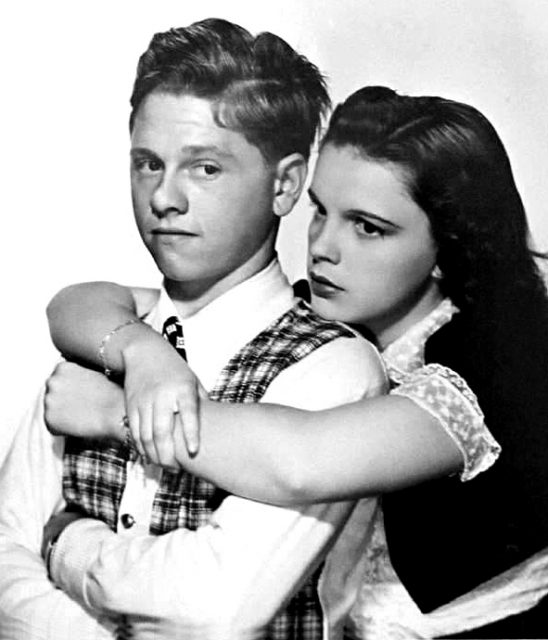
His talents included singing, dancing, acting, playing drums, and playing the piano. He got his big break playing the mischievous sprite Puck in 1935’s A Midsummer Night’s Dream, but really rose to stardom in 1937 in the Andy Hardy films, playing a small-town boy who took beauties like Lana Turner and Esther Williams for a spin in his Roadster.
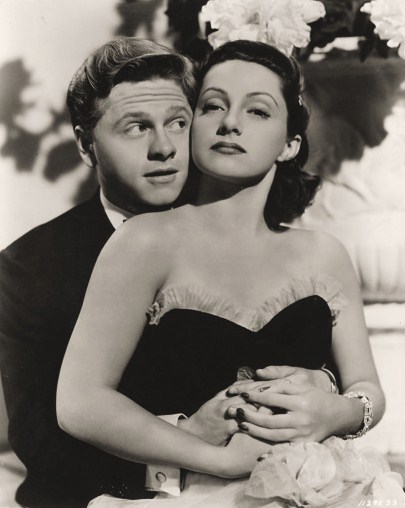
The diminutive actor (standing 5’2”) may not have been much in the looks department. In his 1991 memoir, Life Is Too Short, Rooney admitted as much, writing, “I was a gnomish prodigy — half-human, half-goblin, man-child, child-man.” But the guy had…something. Rooney, the highest-paid actor and biggest male box-office draw in the world for three consecutive years — 1939, 1940 and 1941 — was catnip for some of Hollywood’s most beautiful women. “He went through the ladies like a hot knife through fudge,” said Ava Gardner.
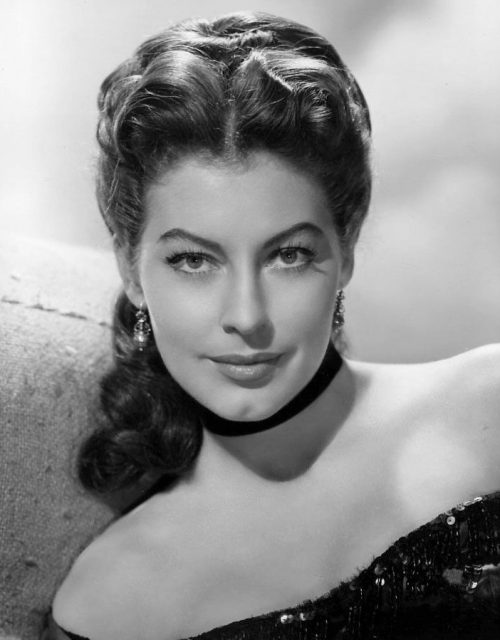
She would know: The legendary beauty was Rooney’s first (of eight) wives. Rooney once said that he tried to make up for being short “by dating tall, beautiful women”.
Short ones too: Lana Turner, Elizabeth Taylor and Judy Garland were supposedly three of his many high profile affairs. Of Turner Rooney would say: “You may wonder what she saw in me. I don’t know. I do know that on the dancefloor I could make her breathless.”
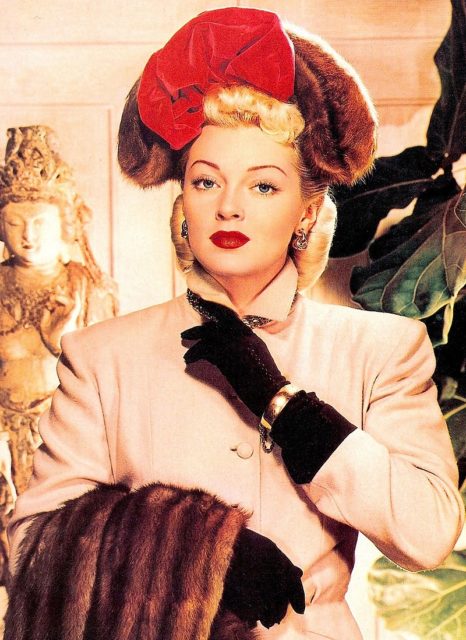
Commenting on his many marriages, he once joked: “There’s a Mickey Rooney’s Former Wives Marching Band.” Leading the way was Gardner, a 19-year-old starlet, whom the actor pursued relentlessly. She would relent and regret it almost instantly.
The two got hitched in 1942, and just a month after their honeymoon, Rooney hooked up with another woman — in the couple’s bed, no less. (At the time, Gardner was laid up in the hospital, recovering from an inflamed appendix.)
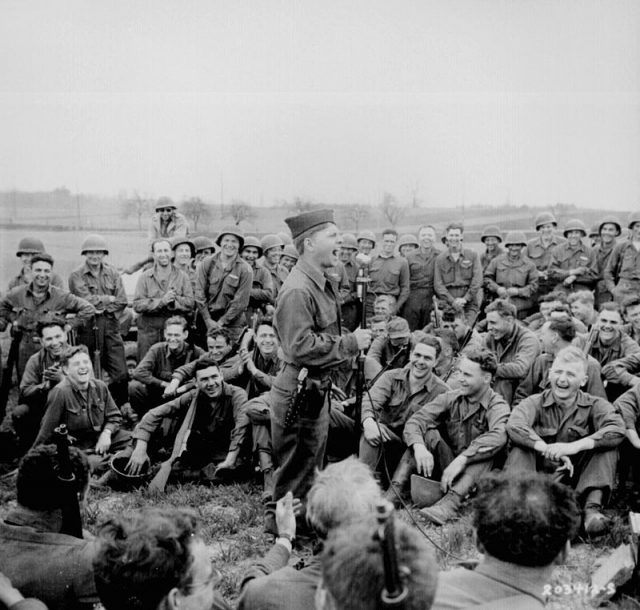
His cheating would continue, and at one point a contrite Rooney bought his wife a huge diamond to make amends. But a week later, deep in hock to some unamused bookies, Rooney asked Gardner to give the rock back to pay off his debts. Rooney’s gambling addiction and his frequent visits to Hollywood brothels — one of which Milton Berle, of all people, introduced him to — put the kibosh on their marriage.
Rooney knew he was safe. Studio execs knew all about his peccadillos and worked overtime trying to keep the movie-going public from learning the truth.
In 1943, when Gardner had had enough and tossed him out of their home (apparently, Rooney had been showing off his little black book of mistresses to buddies — with Gardner in the room!), she received an unwelcome visit from Eddie Mannix, employed by MGM’s top brass to keep their stars’ private lives out of the tabloids.
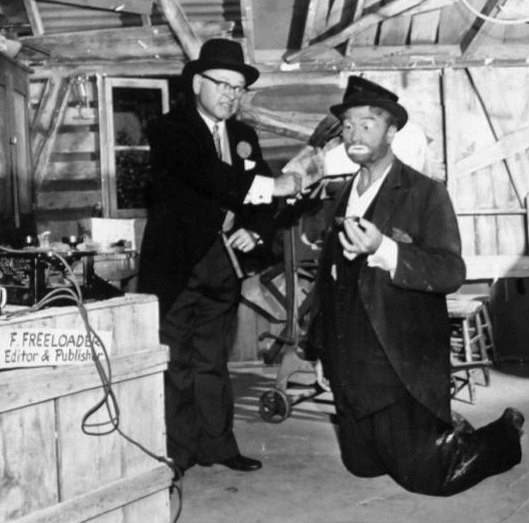
He explained to Gardner that if she went public with her husband’s antics, she could kiss any chance of Hollywood stardom good-bye. In exchange for her staying mum, the studio gave her career a big boost.
Marriage number two, in 1944, was to Betty Jane Baker, a backing singer for Elvis Presley and Frank Sinatra. The couple had two sons, and were divorced in 1949.
According to The Life and Times Of Mickey Rooney by Richard A. Lertzman and William J. Birnes, who interviewed the actor shortly before his death, Baker walked into Rooney’s dressing room and found her husband in a compromising position with Elizabeth Taylor, then 14 and a fellow MGM star.
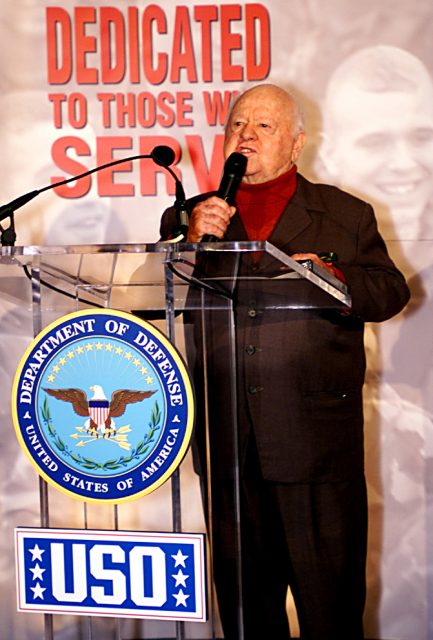
Actress Martha Vickers, whom Rooney married in 1949, was unlucky number three. The couple, who had one son, divorced in 1952. By the age of 35, he was on his fourth marriage: American actress Elaine Devry. They were married in 1952; six years later, Devry, citing his gambling and infidelity, filed for divorce. Carolyn Mitchell, whom he married in 1958, came next.
The two had three daughters and a son. Mitchell would be murdered in 1966 by a former lover. On the rebound, a distraught Rooney married Mitchell’s close friend Marge Lane.
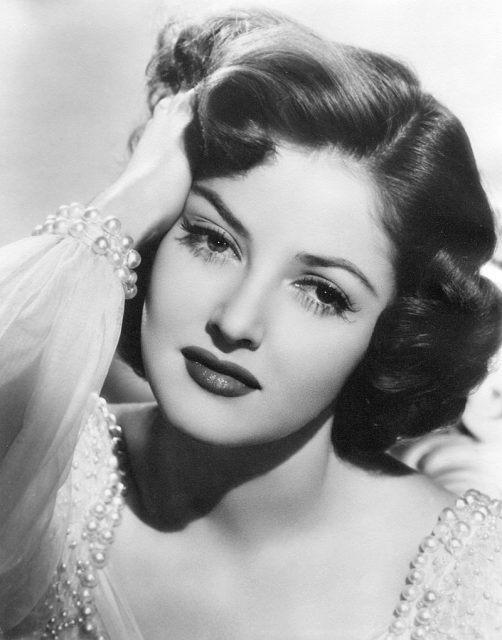
The marriage lasted exactly 100 days. A secretary, Carolyn Hockett, became wife seven in 1969. They adopted one son and had one daughter, but were divorced six years later. He married his eighth (and last) wife, singer Jan Chamberlin, in 1978.
Over the years, Rooney was flip about his many marital failures. “Always get married in the morning,” he once said. “That way if it doesn’t work out, you haven’t wasted the whole day.”
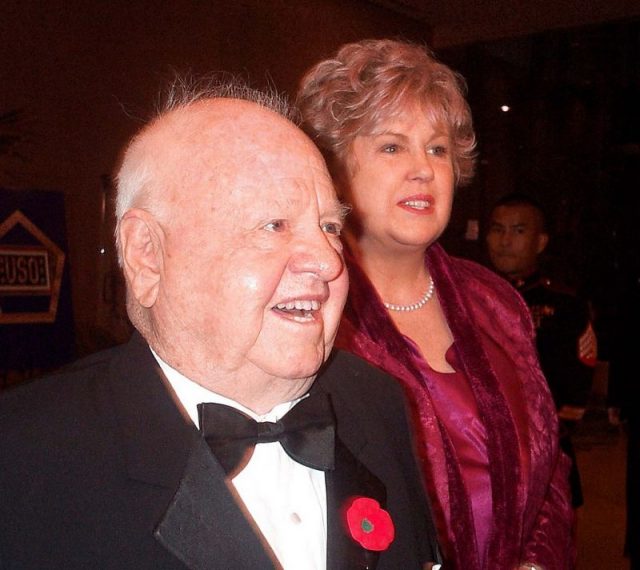
As for Rooney’s on-screen life, well, that was more successful. His career would last 80-plus-years, though it had its ups and downs. In 1944, after parting with Gardner, Rooney enlisted in the Army. After completing a two-year stint, he resumed his career, only to discover that the landscape had changed: Rooney was no longer in demand.
There were, however, a few high points — most notably in the early 60s, with roles in 1961’s Breakfast at Tiffany’s, playing Audrey Hepburn’s angry Japanese neighbor, and a year later, Requiem for A Heavyweight. His last notable performance would be in Francis Ford Coppola’s The Black Stallion 1979.
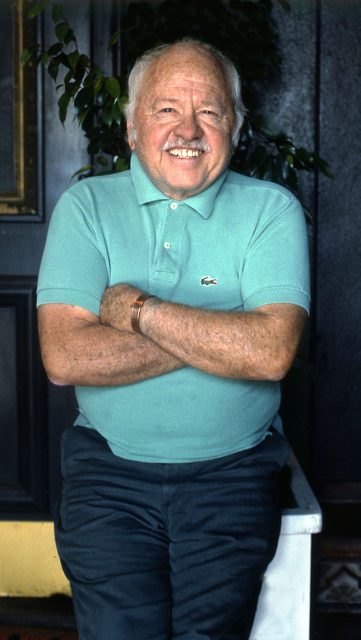
Around the same time, Rooney would star on Broadway opposite another former MGM great, hoofer Ann Miller, in the musical Sugar Babies. There would be appearances here and there, mostly on the small screen. Shortly before his death in 2014, at 93, Rooney would become embroiled in conflict, accusing family members of mistreating him.
The millions he had earned over the years had vanished and Rooney died owing medical bills and back taxes. A sad end, to be sure, though looking back on his tumultuous life, Rooney remained unrepentant. “I don’t regret anything I’ve ever done,” he would say. “I only wish I could have done more.”
